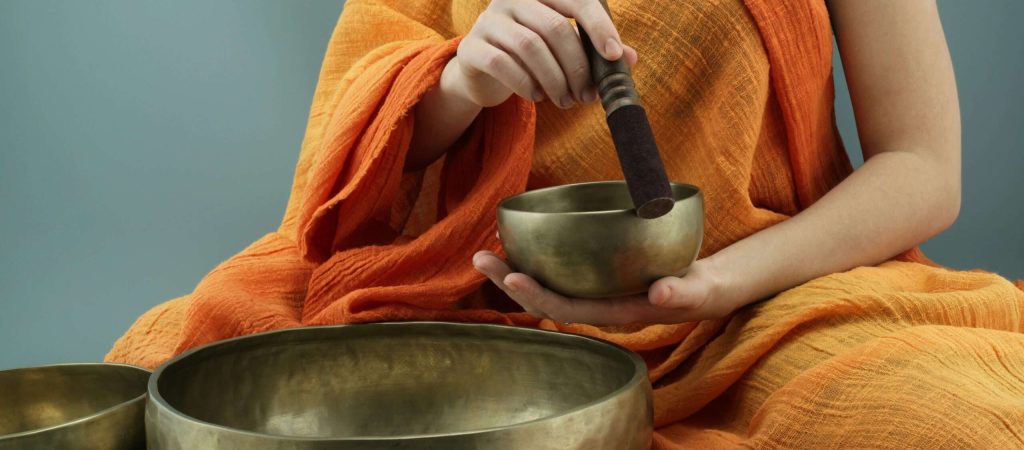
Singing bowls, which are often referred to as Tibetan or Himalayan singing bowls, have a rich history spanning centuries. These exquisite instruments, celebrated for their soothing melodies, hold a special place in traditions worldwide. Their profound therapeutic qualities have captivated people around the globe. In this blog, let’s embark on a journey into the captivating universe of singing bowls. We’ll delve into their intriguing history, understand the mechanics behind their harmonious sounds, uncover the remarkable advantages they bring to our mental and physical well-being and finally Singing Bowl prices in Nepal.
History of singing bowl
The history of Singing Bowls emerged in the heartlands of Asia. In the early whispers of time, within the serene landscapes of ancient Tibet, Nepal, India and Bhutan the singing bowls came into existence. Their genesis was an act of devotion, an intricate craft that wove threads of spirituality and ritualism into their very essence. They were fashioned not as mere instruments but as vessels to bridge the mundane with the divine, their resonant tones becoming conduits to the sacred.
These bowls held a vital role in the tapestry of sacred ceremonies and monastic practices, their harmonious echoes believed to forge a profound connection between the earthly realm and the celestial, unlocking portals to spiritual realms beyond.
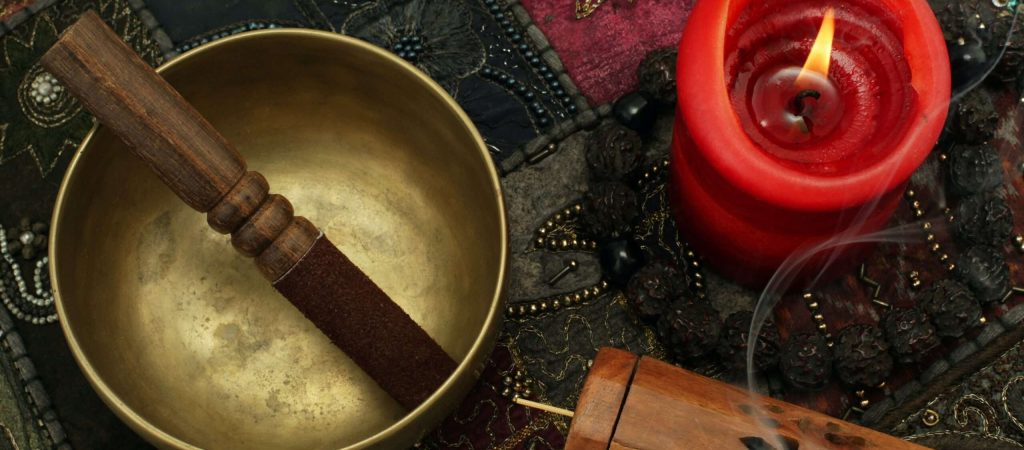
Why different type of Singing Bowls were made?
The different types of Singing Bowls came into existence due to a combination of cultural diversity, regional Variations and evolution over a period of time.
Major reasons for creating different types of Singing Bowls are:
Cultural Diversity
Singing Bowls came into existence thousands of years ago from the culture of Tibet, Nepal, India and Bhutan. Each of these culture have own distinct customs, practices and beliefs which played a major role in changing the design and purpose of singing bowls.
Regional Variations
Within these cultures, various regions have brought their unique artistic craftsmanship and expressions when it comes to creating singing bowls. These difference in region have resulted in variations in the materials chosen such and ornamentation and shaping results in producing unique qualities of sound they produce
Sound and Healing Properties
Different singing bowl emit different tones and vibrations where each has its own special healing properties which affects on the body and mind. Due to different taste of sound, some people may enjoy the clear, pure tones of crystal singing bowls, whereas others may prefer the grounding, profound tones of Tibetan singing bowls.
Musical range
The size and thickness of singing bowls have a major impact on the melodic notes they produce when you play them. The different sizes and materials used while making a singing bowls extends the range of musical notes they may produce. Due to the variety of shape and sizes of singing bowls, users can select bowls that precisely complement their meditation practices, musical compositions, or sound healing sessions, resulting in a unique and peaceful experience.
Evolution and innovation
As time has passed, singing bowls now does not only serve purpose for meditation and ritual use. They ‘vs found their way into modern wellness regimens, sound therapy sessions and even popular music. As a result new varieties of singing bowls have been created to meet the preferences and demand of the modern world
How does singing bowl produce harmonious sounds?
Singing bowls produce harmonious sounds through a combination of their shape, materials, and the technique used to play them. Here’s how they create harmonious sounds:
Materials and Construction:
Variety of metals such as copper, bronze or brass, are frequently used while creating singing bowls. The precise acoustic properties of singing bowls are achieved by careful blending of those metals. The quantity and quality of the metals determine the bowl’s tone and resonance
Shape and Design:
The singing bowl’s shape and design are critical aspect for its sound. They are frequently concave and have a specific curvature that makes it possible to vibrate effectively when struck or rubbed with a mallet. Therefore, the design of the bowl grants its ability to produce melodious tones.
Vibration and Resonance:
When a singing bowl is Struck or stroked with a mallet, it enters a state of vibration. The vibration travels through bowl’s material and creates a sound waves. The exact frequency at which the bowl vibrates cause these sound waves to produce various harmonies and overtones.
Playing Technique:
The singing bowl’s mellow tone is affected by the technique in which it is played. By altering the pressure and speed of the mallet’s movement and point at which the mallet meets the bowl’s rim, a skilled player can produce a range of tones and harmonics
How to use Singing Bowls?
Hold the singing bowl on the palm of the left hand. Gently tap the striker against the side of the bowl. With an even pressure, rub the striker clockwise around the outside edge of the rim of the bowl. Use a full arm movement just like stirring a big kettle of soup and keep the striker straight up and down. It’s not a wrist movement, but a full-arm movement.
You can also make the same circular motion against the outside belly of the bowl. Additionally, you can gently strike the bowl before beginning the circular motion.
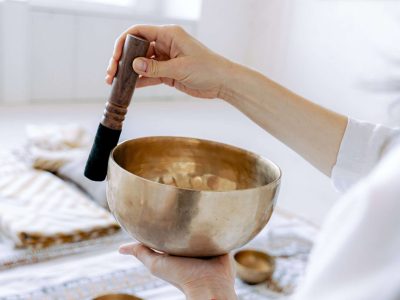
Benefits of using Singing Bowls.
People use Tibetan singing bowls for many purposes, including stress reduction and pain relief. Some people use the bowls in combination with other healing practices, such as meditation and deep breathing.
Many proponents claim that the vibrations of a singing bowl can produce beneficial changes in the body by reducing stress, “harmonizing” the cells, and “balancing the body’s energy system.” Some also claim that Tibetan singing bowls can stimulate the immune system and produce beneficial changes in brain waves.
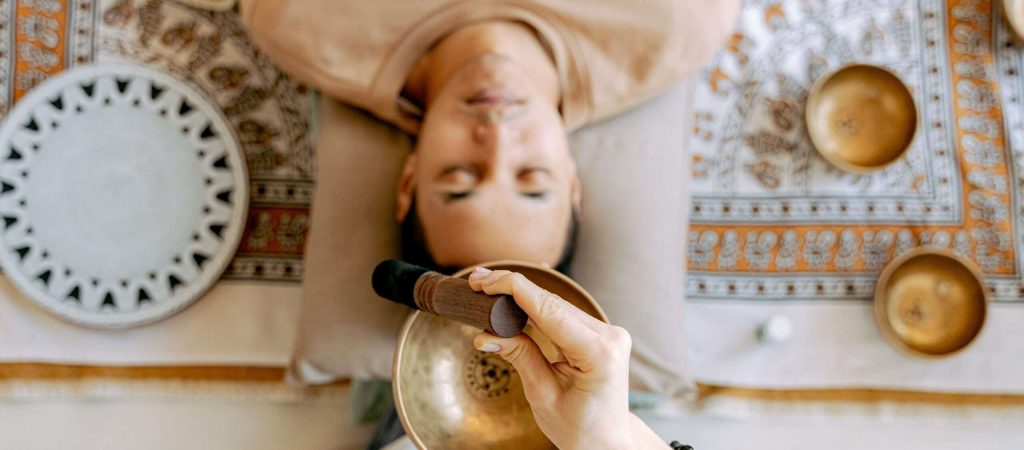
Where to buy Singing bowl ?

In Nepal the search, for singing bowls is truly captivating. You can venture into the streets of Thamel, patan Market in Kathmandu, where numerous shops and market stands offer an assortment of these melodic treasures. Throughout cities you’ll also find stores that focus on traditional and handcrafted goods providing a wide range of options and knowledgeable assistance. These are also available in Patan, Boudha and Bhaktapur, three of Kathmandu’s ancient cities. For an immersive experience I recommend paying a visit, to artisan workshops in Patan and Bhaktapur. There you can witness the crafting process firsthand. Acquire a one of a kind piece.
However, Thamel is a well-known tourist destination in Kathmandu. Singing bowls are frequently sold by local manufacturers for a high price. We urge you to go to locations like Patan where there are regional singing bowl producers if you want to get a better value.
You can also contact us directly to purchase the singing bowl in wholesale/Retail.
Singing Bowl Price in Nepal
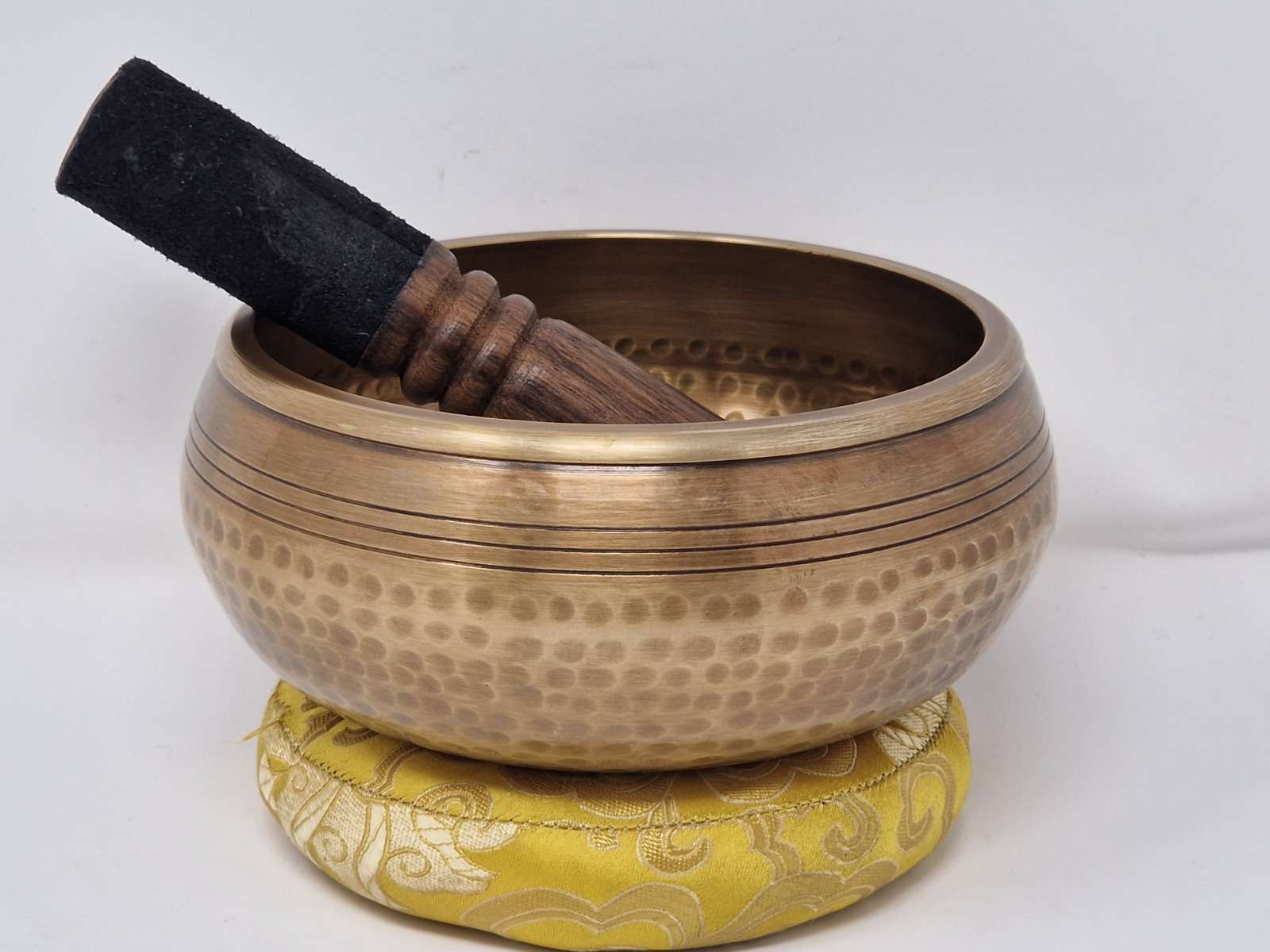
There are several factors to take into account while purchasing one, even though that price range can be ambiguous. Numerous aspects, including whether it is a handmade or machine-made singing bowl, the material’s quality, thickness, and engravings, affect the price.
Therefor, the average cost of a singing bowl in Nepal can range from Rs. 1000 to Rs. 50,000.
However, you can purchase quality singing bowls starting from 8000 in our website feel free to know about us

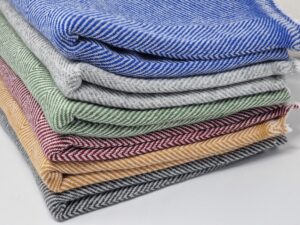
Very Informative. Thank you 🙂
Intriguing read! I’ve been curious about singing bowls, and your post shed light on their history and uses. I’m definitely getting one for meditation now. Thanks for sharing!